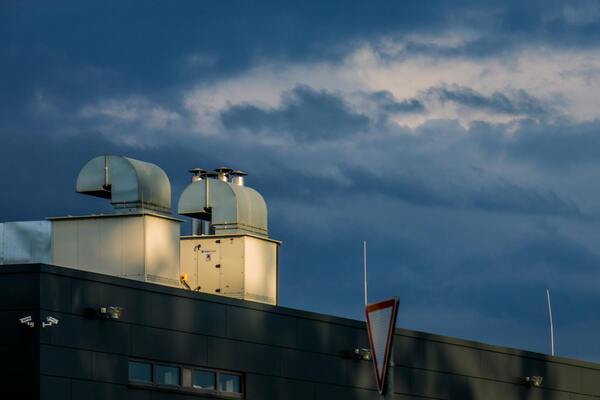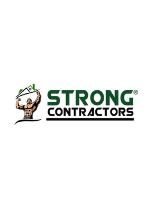

Proper ventilation is often overlooked in commercial roofing, yet it plays a critical role in maintaining the health and longevity of a roof. Adequate ventilation helps prevent a myriad of problems that can lead to expensive commercial roof repair. This blog will explore why ventilation is essential and how it can help you avoid common roof issues.
Why Ventilation Matters
Ventilation in a commercial roof system serves several vital functions:
Regulating Temperature: Proper ventilation helps manage the temperature of the roof, preventing it from overheating in the summer and reducing the risk of ice dams in the winter.
Moisture Control: Effective ventilation systems help control moisture levels, preventing condensation that can lead to mold growth, wood rot, and other structural damages.
Energy Efficiency: By regulating temperature and moisture, ventilation can contribute to the overall energy efficiency of the building, reducing heating and cooling costs.
Common Issues Caused by Poor Ventilation
Without adequate ventilation, commercial roofs can suffer from various problems, leading to the need for commercial roof repair. Some common issues include:
Heat Damage: In the absence of proper ventilation, heat can build up under the roof, causing materials to degrade prematurely. This can lead to warping, blistering, and other forms of damage.
Moisture Buildup: Poor ventilation can trap moisture within the roofing system, leading to mold growth and structural damage. Over time, this moisture can seep into the building, causing extensive damage that requires costly repairs.
Ice Dams: In cold climates, inadequate ventilation can cause uneven roof temperatures, leading to the formation of ice dams. These ice dams can cause water to back up under the shingles, resulting in leaks and damage to the roof structure.
Reduced Lifespan: The combination of heat and moisture damage can significantly reduce the lifespan of your commercial roof, leading to frequent repairs and premature replacement.
How to Ensure Proper Ventilation
To prevent these issues, it's crucial to ensure your commercial roof has a well-designed and functioning ventilation system. Here are some steps to achieve this:
Assess Current Ventilation: Begin by assessing the current state of your roof’s ventilation. Look for signs of poor ventilation, such as excessive heat in the attic space, mold growth, or ice dams.
Install Ridge and Soffit Vents: Ridge and soffit vents are essential components of a good ventilation system. Ridge vents allow hot air to escape from the peak of the roof, while soffit vents allow cool air to enter at the eaves.
Use Mechanical Ventilation: In some cases, natural ventilation may not be sufficient. Installing mechanical ventilation systems, such as exhaust fans, can help improve airflow and maintain proper temperature and moisture levels.
Regular Maintenance: Regularly inspect and maintain your ventilation system to ensure it is functioning correctly. Clean vents and fans, and replace any damaged components promptly.
Professional Inspection: Have a professional roofing contractor inspect your roof and ventilation system regularly. They can identify potential issues and recommend necessary improvements to prevent future problems.
The Role of Ventilation in Commercial Roof Repair
Proper ventilation not only prevents common roofing issues but also plays a significant role in commercial roof repair. When addressing roof repairs, ensuring adequate ventilation can help:
- Prolong the Lifespan of Repairs: Proper ventilation can help the repaired sections of the roof last longer by reducing heat and moisture damage.
- Improve Overall Roof Health: By addressing ventilation issues during repairs, you can improve the overall health of the roof, reducing the likelihood of future problems.
- Enhance Energy Efficiency: Incorporating ventilation improvements during repairs can enhance the building's energy efficiency, leading to long-term cost savings.
Conclusion
Ventilation is a crucial aspect of maintaining a healthy commercial roof. By regulating temperature and moisture levels, proper ventilation can prevent many common roofing issues, reducing the need for extensive commercial roof repair. Regular inspections, maintenance, and professional guidance are essential to ensuring your roof’s ventilation system is up to par. Protect your investment and extend the life of your commercial roof by prioritizing ventilation today.
















.png)
.png)








Leave Your Comment & Rating Below
0 Comment(s)